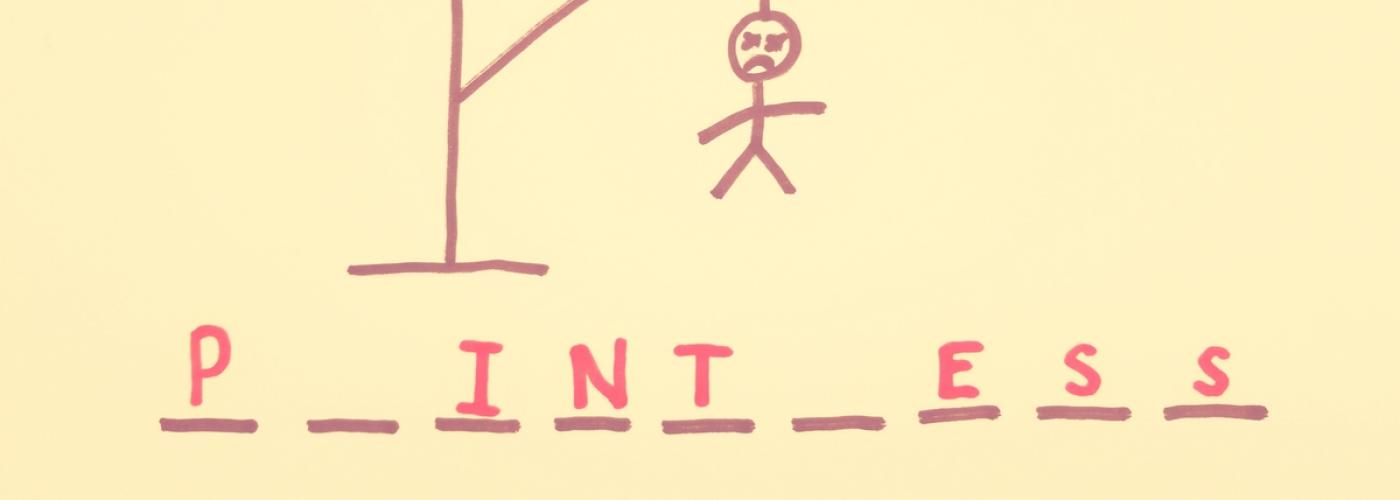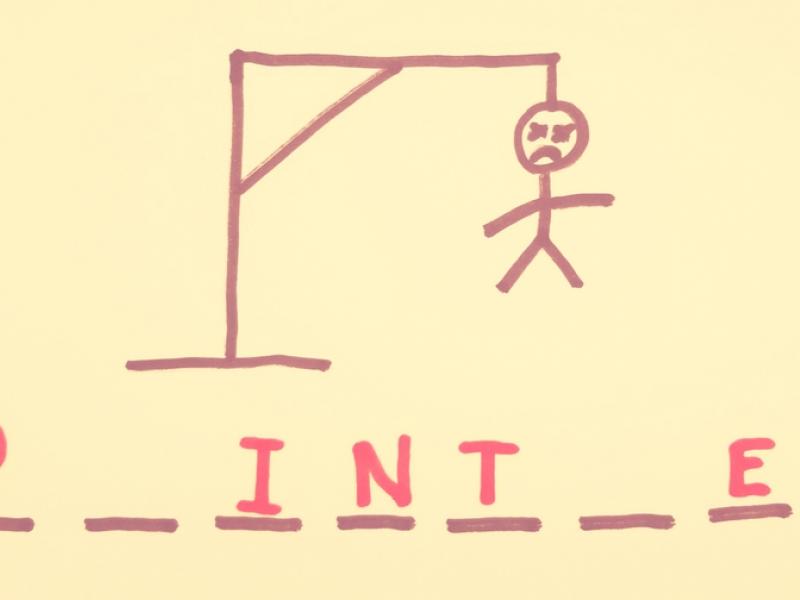23rd January 2018
As a brand new teacher, I found myself teaching supply to a class of eight year olds. I had just completed a Cert TESOL a month prior, but I still didn’t have an overwhelming bank of ‘go to‘ vocabulary activities to draw from. The games that I remembered from my own childhood were “I Spy” and “Hangman”, so I decided to give them a whirl. The kids responded positively at first; a game is a game, and kids like games, right? But after playing hangman at the end of numerous lessons, it started to get a bit stale and repetitive and of course, they started acting out.
Now, of course, after being in the profession for 10 years and witnessing how language learning works, I recognize that there was probably little pedagogical benefit to playing hangman. Perhaps it helped them with their spelling a little, but there was no real communication involved and it did nothing to build on their notions of the concepts of words. Over the years I did, however, experiment with and use alternative techniques for presenting and practicing vocabulary with learners, most of which yielded greater benefits than I-spy. I’d like to share my favorite principles and techniques for choosing vocabulary presentation and practice activities for your lessons.
Chunking it
Some learners have great memories. This is nowhere more evident than in the primary classroom. If you have taught primary-age children you will know that it is often the case that they can go around the classroom pointing at things and naming them, or reciting a list of animals as long as your arm, “tiger, lion, elephant” etc. Whilst it’s great that they are able to do this, you probably will have also found that if you ask them the simplest of questions, such as “What does a cat look like?”, they might look at you blankly without answering. The common comment that teachers make is “They just don’t have the vocabulary”, but is it the actual vocabulary or how to use it that is the problem?
Real communication is much more complex than just memorising a word. When we communicate we need to put grammar to work, understand our interlocutor and the situation, in addition to applying phonological knowledge of the language. Traditionally grammar and vocabulary were always taught as two separate entities that would be ‘put together’ later in the moment of speaking. However, this puts a higher processing demand on our learners, because they need to apply a grammatical rule in the moment of speaking. In addition, we tend not to teach grammar explicitly to primary-age learners because grammatical rules are abstract and confusing. According to Moon (2005:6) children often mimic chunks of language that they have heard other people using, for example “I don’t know” tends to be learned as an entire unit rather than learners learning each word individually and then putting them together. Learning chunks helps them to become more fluent more quickly.
The implications for teaching vocabulary are that we should be presenting and practicing vocabulary in the classroom as much as possible in lexical chunks. Consider a simple flashcard drill, normally a teacher would present the flashcard and drill each individual word “apple, banana, orange” etc. Why not instead teach the chunk “I like” and then whilst you are drilling, give learners a thumbs up or a thumbs down and drill “I like bananas, I don’t like apples” etc? In this way, learners practice automating chunks and have it at hand when they need it. Below there is a table with some suggested chunks to drill with different lexical sets and some ideas for some simple substitution drills:
| Lexical Set | Chunk to drill | Drilling technique to use |
| Action verbs (run, jump, swim, dance). |
I can, I can't swim jump etc, He/She can, He/She can't run dance etc. |
Thumbs up, thumbs down for can/can't, pointing at different people to demonstrate pronoun. |
| Items in a fruit and veg shop (banana, plum, apple). |
I'd like a banana/two apples please! | Hold fingers up to represent numbers of items that you want. |
| Animal body parts (beak, wing, tail). | It's got a beak/two wings | Use flashcards of specific animals rather than just the body parts in isolation and then point to the actual parts of the animal you are drilling so that learners can see the number. |
| Objects in pencil case (pen, ruler, pencil sharpener). | Can I have a pencil / rubber / ruler please? | Start with one item and a time and gradually build it up adding more items. |
Practice activities and games
In terms of choosing appropriate practice activities for my classes, I try to choose activities where learners either have to produce chunks or games where they have to speak at length, thus building fluency. Here are a few of my favourite ones that can be done with minimal preparation:
Guess the flashcard
The teacher selects a flashcard and hides it and then the learners ask questions to find out which flashcard it is, for example, in a lesson on animal body parts, they would ask “Has it got a tail?”. Learners have a set amount of questions to guess the animal. Later, learners pair up and play together. This activity is good for practicing question chunks.
Double dice roll
This works well to synthesize any two pieces of vocabulary into a chunk. Imagine you want to teach an It’s a + adjective + noun, for example “It’s a hairy dog / It’s a big cat”. Divide the board in two with a vertical line. The teacher sticks 6 appearance flashcards down one side of the board and 6 animal flashcards down the other. Next to each flashcard the teacher writes a dice number. The left hand side of the board represents die 1 and the right hand side of the board represents die 2. Learners roll both dice and then depending on the combination that the dice makes, say the sentence. Their partner can say if they are correct or incorrect and correct answers get a point.
Memory chunks
This game works well for learners who are low in confidence as it helps them to practice spoken language in a safe way as they are essentially repeating language that they have already heard. You need two balls for learners to pass. Learners stand in a circle. First tell the learners that they need to remember what everybody says and that this game will test their memory, then instruct the learners to contribute between 1-3 pieces of personal information, depending on the age and level of the class. For example, in a class with 6 year old learners on the theme of food, each learner says 1 food that they like and 1 that they don’t. In a lesson with 11 year old learners on the theme of geography, each learner contributes 3 countries that they would like to visit. The learners say their chunks and everybody remembers them. Next the teacher plays some music and asks the learners to pass the two balls in opposite directions around the circle. When the music stops, the two people with the balls have to race to say the other person’s information, i.e. ‘He’d like to visit Japan, India and Germany!”. The faster learner gets a point and the person with the most points at the end of 5 minutes is the winner.
Those are just a few of my favourite games, but in reality you can often create your own games and activities using some simple classroom objects. When planning a practice activity or game, ask yourself whether the learners are really putting words to work, choose an activity that fits with your lesson aims and encourage them to extend beyond the single word.
References
Moon, J; (2005), Children Learning English Second Edition, London: Macmillan, p.6.
Did you enjoy this article? Our blogs are published by the teacher training team at English for Asia in Hong Kong. We are the largest Trinity TESOL training centre outside of Europe and are committed to raising standards across the entire TESOL industry. You can help too by sharing articles with your own networks and teaching faculty.



